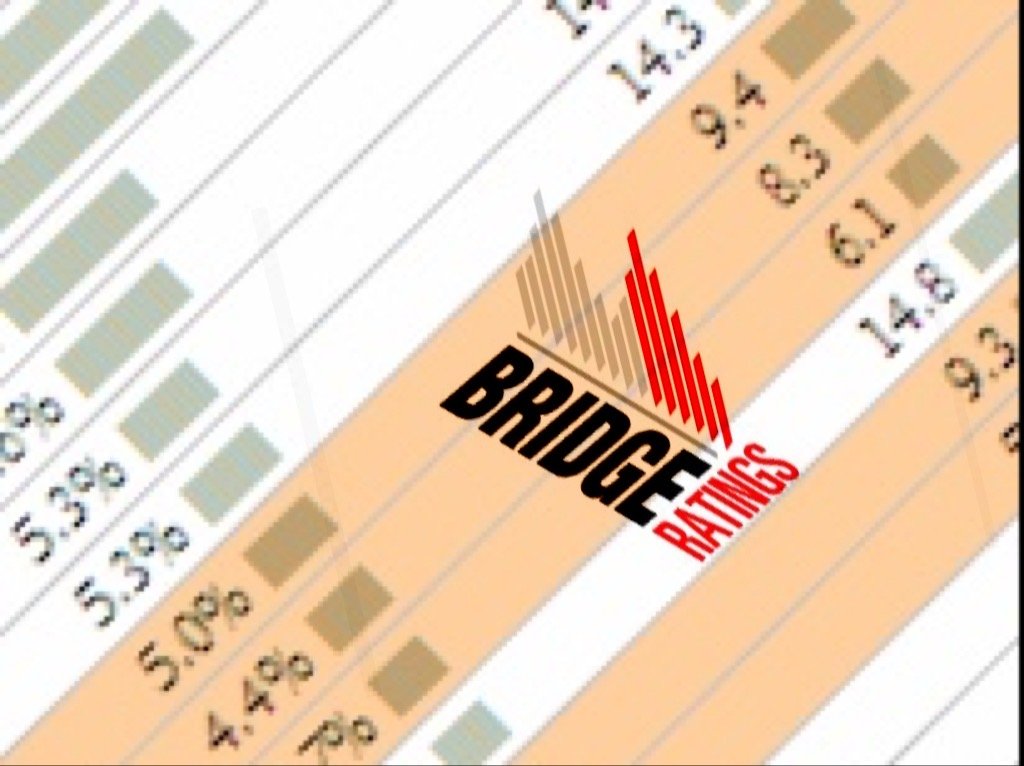Superfans are often defined as the most loyal, passionate, and engaged customers of a brand or a product. They are the ones who will go the extra mile to support, promote, and defend their favorite brand, even without being asked or rewarded. Superfans are seen as the ultimate goal of marketing, as they can generate positive word-of-mouth, increase brand awareness, and drive sales. However, marketing to superfans is not always the best strategy for a business. In fact, it can be a waste of time and resources for several reasons.
Much has been written regarding the effectiveness of marketing to Superfans - regardless of product or service.
Superfans can best be described as a person who has an extreme or obsessive admiration for a particular person or thing. The number of Superfans for optimum business growth is arguably 1000 or 1500.
But is marketing to such a select group of consumers the best approach?
First, superfans are not representative of the majority of customers. They are a small and niche segment of the market, who may have different preferences, needs, and expectations than the average customer. Marketing to superfans may lead to creating products or services that are too specialized, too expensive, or too complex for the mass market. For example, a video game company may focus on developing features or content that appeal to the hardcore gamers, who are willing to spend hours playing and mastering the game. However, this may alienate the casual gamers, who are looking for a more accessible and enjoyable experience. By marketing to superfans, the company may lose sight of the bigger picture and miss out on opportunities to expand its customer base.
For the music industry,marketing to superfans may be a waste of time because that approach may neglect the potential of other customer segments, such as the casual listeners, the new fans, or the cross-genre fans
. These segments may have different tastes, preferences, and behaviors than the superfans, but they may also contribute to the growth and diversity of the music industry. For example, according to a report by CompareCamp, U.S. K-Pop fans outspend the general population on total music spend and listen more to music than the average American. They also use social media to look for new music by 31% of all teens. Moreover, R&B/Hip-Hop with a 26.7% share was the most-consumed genre in 2022. These statistics show that there is a huge market for music genres that may not have a large or vocal fan base, but still have a loyal and engaged audience.
Marketing to these segments may help the music industry reach new customers, increase its revenue, and diversify its offerings.
Second, superfans are not easy to identify or reach. They are often hidden among the millions of followers, subscribers, or customers that a brand may have on social media or other platforms. Finding out who they are, what they want, and how they behave requires a lot of research and analysis. Moreover, superfans may not be responsive to traditional marketing methods, such as advertising or promotions. They may be more interested in authentic and meaningful interactions with the brand, such as feedback, recognition, or co-creation. Marketing to superfans requires a different approach and mindset than marketing to regular customers.
Third, superfans are not stable or loyal. They may change their preferences, opinions, or behaviors over time due to various factors, such as personal circumstances, social influences, or competitive offerings. Superfans may also become dissatisfied or disillusioned with the brand if it fails to meet their high expectations or if it deviates from its core values or identity. Superfans may also switch their allegiance to another brand if they find it more attractive or appealing. Marketing to superfans is not a guarantee of long-term success or retention.
Bottom line: marketing to superfans is not a wise strategy for most businesses. It can be a waste of time and resources that could be better spent on understanding and satisfying the needs and wants of the larger and more diverse customer segments. Superfans are not the only source of value or growth for a brand. They are not the end goal of marketing, but rather a by-product of creating products or services that deliver value and satisfaction to all customers.






